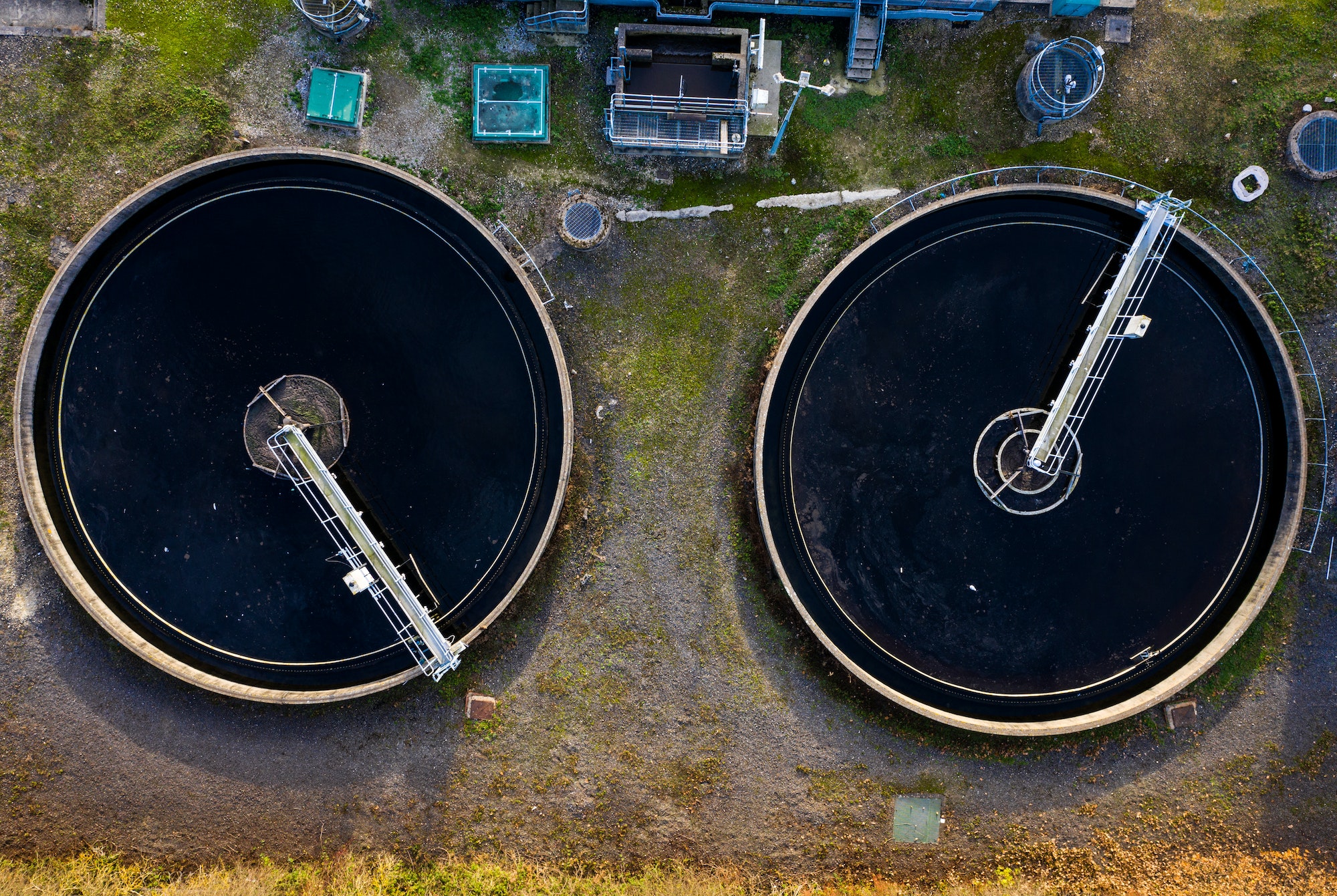Wastewater treatment is essential for maintaining public health, preserving the environment, and preventing water pollution. Traditional wastewater treatment methods often involve physical, chemical, and biological processes that can be expensive, energy-intensive, and produce large amounts of sludge. In recent years, there has been growing interest in using microalgae as a sustainable alternative for wastewater treatment. One of the most promising technologies for cultivating microalgae in wastewater treatment is the use of photobioreactors (PBRs). This article will discuss the advantages of using PBRs in wastewater treatment and explore the potential applications of PBR-grown algae.
Photobioreactors are closed systems that provide an optimal environment for microalgae growth by controlling factors such as light intensity, temperature, pH, and nutrient supply. There are several advantages to using PBRs in wastewater treatment compared to traditional methods:
- Efficient nutrient removal: Microalgae can assimilate nutrients such as nitrogen and phosphorus from wastewater, reducing the need for chemical treatment. This helps prevent eutrophication, which occurs when excessive nutrient levels promote algal blooms that deplete oxygen and harm aquatic life. PBRs can achieve higher nutrient removal efficiency than open systems because they provide a controlled environment that maximizes microalgal growth.
- Reduced energy consumption: Traditional wastewater treatment methods often require significant energy inputs for aeration, mixing, and sludge processing. In contrast, PBRs rely on photosynthesis for oxygen production and can operate with minimal energy input for mixing and pumping.
- Lower sludge production: The use of microalgae in PBRs results in less sludge generation compared to conventional methods since the biomass produced is mainly composed of algal cells. This reduces the costs associated with sludge disposal and management.
- Carbon dioxide sequestration: Microalgae photosynthesize and consume carbon dioxide (CO2) during their growth. By integrating PBRs with CO2-emitting industries such as power plants or cement factories, it is possible to capture and utilize CO2 emissions, contributing to greenhouse gas mitigation efforts.
- Potential for resource recovery: The biomass produced in PBRs can be harvested and utilized for various applications, including biofuel production, animal feed, and bioproducts. This adds value to the wastewater treatment process and promotes a circular economy.
There are several potential applications for PBR-grown algae, including:
- Biofuel production: Microalgae have a high lipid content, making them suitable for producing biodiesel, bioethanol, and biogas. The use of PBR-grown algae for biofuel production can help reduce dependence on fossil fuels and lower greenhouse gas emissions.
- Animal feed: Algal biomass is rich in proteins, lipids, carbohydrates, and essential micronutrients, making it a valuable source of nutrients for livestock and aquaculture. Using PBR-grown algae as an alternative feed source can help reduce the environmental impact of conventional feedstock production.
- Bioproducts: Microalgae can produce a wide range of valuable compounds, such as pigments (e.g., chlorophyll and carotenoids), antioxidants, and fatty acids. These compounds have various applications in the food, cosmetic, pharmaceutical, and nutraceutical industries.
- Bioremediation: PBR-grown algae can be used to treat industrial effluents containing heavy metals or organic pollutants. The microalgae can absorb or degrade these contaminants, effectively remediating polluted water.
In conclusion, photobioreactors offer numerous advantages for wastewater treatment compared to traditional methods. The efficient nutrient removal, reduced energy consumption, lower sludge production, carbon dioxide sequestration, and potential for resource recovery make PBRs a promising technology for sustainable wastewater treatment. Furthermore, the various applications of PBR-grown algae, such as biofuel production, animal feed, bioproducts, and bioremediation, add value to the process and contribute to a more sustainable future.

